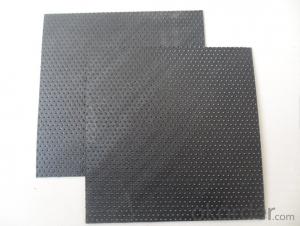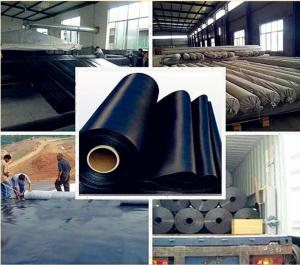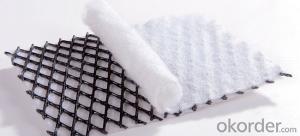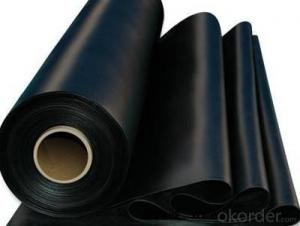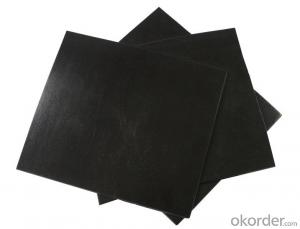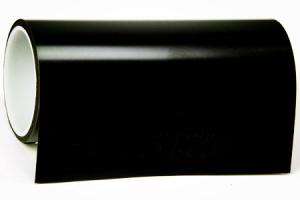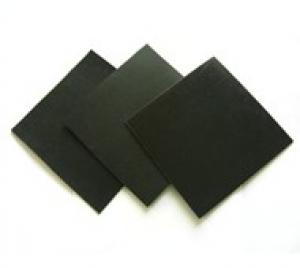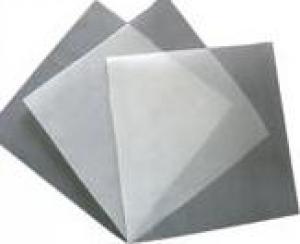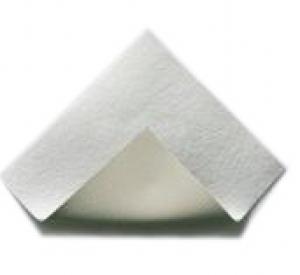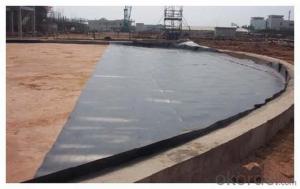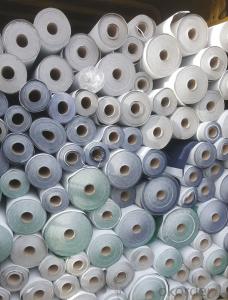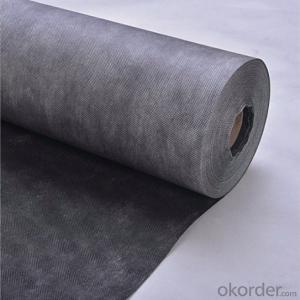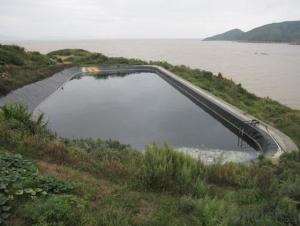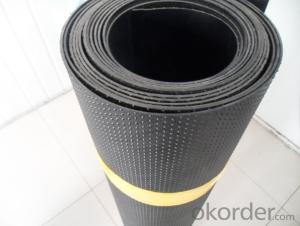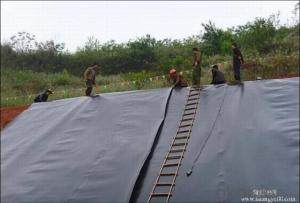Geocomposite Membrane for Landfill to Prevent the Waste Water
- Loading Port:
- Qingdao
- Payment Terms:
- TT OR LC
- Min Order Qty:
- 5000 m²
- Supply Capability:
- 500000 m²/month
OKorder Service Pledge
OKorder Financial Service
You Might Also Like
Geocomposite Membrane for Landfill Images
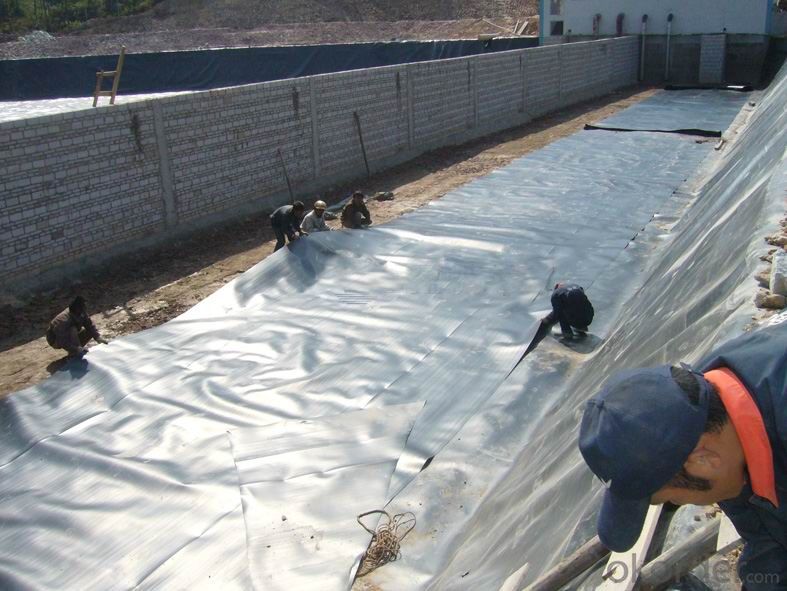

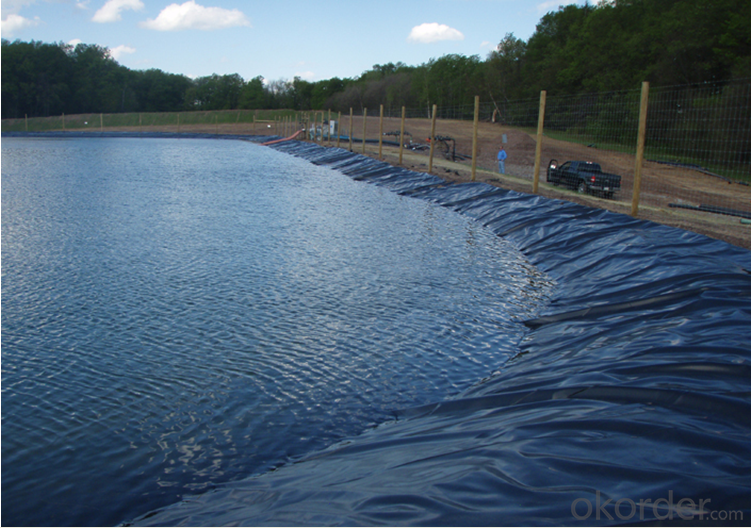
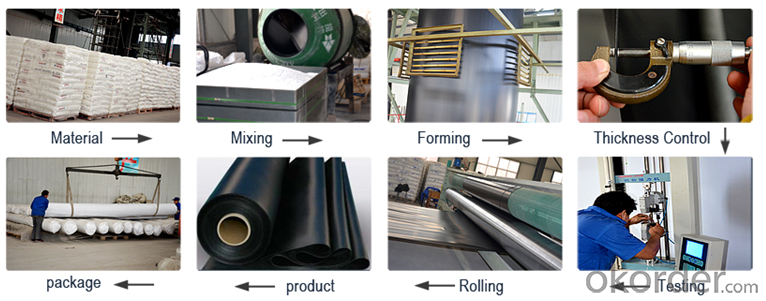
Geocomposite Membrane for Landfill Specification :
No. | Item | Test Value | |||||||||
0.75mm | 1.0 mm | 1.25 mm | 1.5 mm | 2.0 mm | 2.5 mm | 3.0mm | |||||
1 | Minimum Density(g/cm³) | 0.939 | |||||||||
2 | Tensile Property | ||||||||||
Yield Strength ,N/mm | 11 | 15 | 18 | 22 | 29 | 37 | 44 | ||||
Break Strength ,N/mm | 20 | 27 | 33 | 40 | 53 | 67 | 80 | ||||
Yield Elongation ,% | 12 | ||||||||||
Break Elongation ,% | 700 | ||||||||||
3 | Tear Resistance N | 93 | 125 | 156 | 187 | 249 | 311 | 374 | |||
4 | Puncture Resistance N | 240 | 320 | 400 | 480 | 640 | 800 | 960 | |||
5 | Stress Crack Resistance, hrs | 300 | |||||||||
6
| Carbon Black | ||||||||||
Carbon Black Content, % | 2.0-3.0 | ||||||||||
Carbon Black Dispersion | Carbon black dispersion(only near spherical agglomerates) for 10 different views 9 in categories 1 or 2 and 1 in category 3 | ||||||||||
7
| Oxidative induction time(OIT) | ||||||||||
Standard OTI Min | 100 | ||||||||||
High Pressure OTI Min | 400 | ||||||||||
8 | Oven aging at 85℃ | ||||||||||
Standard OIT-% retained after 90 days | 55 | ||||||||||
High pressure OIT-% retained after 90 days | 80 | ||||||||||
9 | UV Resistance | ||||||||||
Standard OIT retained after 1600 hrs | 50 | ||||||||||
High pressure OIT retained after 1600 hrs | 50 | ||||||||||
10 | Low tempreture impact brittle property at -70°C | Pass | |||||||||
11 | Water vapor permeability (g.cm/cm2 .s.Pa) | ≤1.0×10-13 | |||||||||
12 | Dimensional Stability (%) | ±2 | |||||||||
FAQ:
1. How about the delivery time?
Two weeks upon receipt of down payment.
2. What kind of payments do we accepted?
T/T, L/C, WesternUnion, MoneyGram.
3. What's are the MOQ?
Normally the MOQ is 5000 SQM in theory.
And we can provide you free samples for quality inspection.
4. Do you charge for the samples?
Accordeing to our company policy, the samples are freee, we only charge the freight fee. And we will return the freight fee in your second order.
5. Can you produce the product according to customers' requirements?
Sure, we are professional manufacturer, OEM and ODM are both welcome
- Q:Is the coated glass useful?
- Quality is ok, it is very cost-effective after all.
- Q:Can geomembranes be used for wastewater ponds?
- Yes, geomembranes can be used for wastewater ponds. Geomembranes are impermeable liners made from synthetic materials that can effectively contain and prevent the leakage of wastewater. They provide a reliable and cost-effective solution for lining and protecting wastewater ponds, helping to maintain water quality and prevent contamination of surrounding soil and groundwater.
- Q:What are the limitations of geomembranes in freeze-thaw conditions?
- One limitation of geomembranes in freeze-thaw conditions is their susceptibility to cracking and tearing. The repeated cycles of freezing and thawing can cause the geomembrane to become brittle, leading to structural damage. Additionally, the expansion and contraction of the surrounding soil can exert pressure on the geomembrane, potentially leading to failure. Another limitation is the potential for reduced performance in terms of permeability and durability, as freeze-thaw conditions can affect the material properties of the geomembrane. Overall, careful consideration and proper design are necessary to mitigate these limitations and ensure the effectiveness of geomembranes in freeze-thaw conditions.
- Q:Are geomembranes resistant to UV degradation?
- Yes, geomembranes are generally resistant to UV degradation. They are designed to withstand prolonged exposure to sunlight and are often formulated with additives that provide UV stabilization, ensuring their longevity and performance in outdoor applications.
- Q:How do geomembranes provide insulation in roofing systems?
- Geomembranes provide insulation in roofing systems by acting as a barrier between the roof and the external environment. They are made of materials with high thermal resistance, such as PVC or EPDM, which help to reduce heat transfer and maintain a stable temperature within the building. Additionally, geomembranes can be installed with insulation layers underneath, further enhancing their insulating properties by preventing heat loss or gain through the roof.
- Q:Are geomembranes permeable to water?
- No, geomembranes are not permeable to water.
- Q:What are the performance indexes of composite geo-membrane?
- ① excellent chemical resistance (corrosion resistance); ② outstanding ability of stress cracking resistance (environmental stress cracking resistance ); ③ lowest permeability; ④ excellent UV resistance; ⑤ stable vertical performance at low temperature;
- Q:What is film mulching plywood?
- The advantages of film mulching template: large area. The maximum width is 2440*1220,915*1830mm, which reduced joint numbers, and improved the work efficiency of formwork. Do not warp, no deformation, no cracking, good water resistance, high turnover. Easy demoulding, only 1/7 of the steel mould. Light weight: It is more easy to be used in high-rise building and bridge construction. Use frequency: When properly stored and used, it can be used more than 12 times. Concrete pouring: Pouring surface is smooth and beautiful, leaving out twice plastering of walls, and it can be decorated directly which reduced 30% of duration. Corrosion resistance: Won't pollut concrete surface. Good thermal insulation: Conducive to winter construction, and can be used as bending plane template. Good performance in construction: Nails, saws, drilling and other properties are better than bamboo plywood. Small steel plate needs to be processed into template of various shapes according to construction.
- Q:What are the different methods of joining geomembranes?
- There are several methods of joining geomembranes, including thermal welding, adhesive bonding, and mechanical fastening. Thermal welding involves using heat to melt and fuse the geomembrane sheets together. Adhesive bonding involves applying a specialized adhesive to bond the geomembrane sheets together. Mechanical fastening involves using mechanical clamps or fasteners to secure the geomembrane sheets in place. Each method has its own advantages and suitability depending on the specific project requirements.
1. Manufacturer Overview |
|
|---|---|
| Location | |
| Year Established | |
| Annual Output Value | |
| Main Markets | |
| Company Certifications | |
2. Manufacturer Certificates |
|
|---|---|
| a) Certification Name | |
| Range | |
| Reference | |
| Validity Period | |
3. Manufacturer Capability |
|
|---|---|
| a)Trade Capacity | |
| Nearest Port | |
| Export Percentage | |
| No.of Employees in Trade Department | |
| Language Spoken: | |
| b)Factory Information | |
| Factory Size: | |
| No. of Production Lines | |
| Contract Manufacturing | |
| Product Price Range | |
Send your message to us
Geocomposite Membrane for Landfill to Prevent the Waste Water
- Loading Port:
- Qingdao
- Payment Terms:
- TT OR LC
- Min Order Qty:
- 5000 m²
- Supply Capability:
- 500000 m²/month
OKorder Service Pledge
OKorder Financial Service
Similar products
New products
Hot products
Hot Searches
Related keywords
